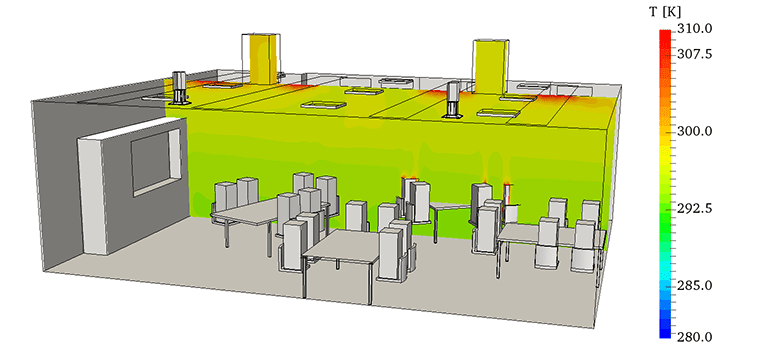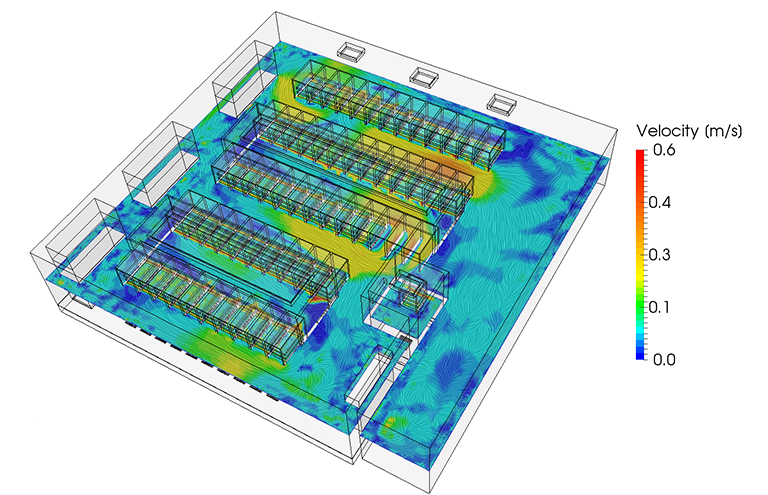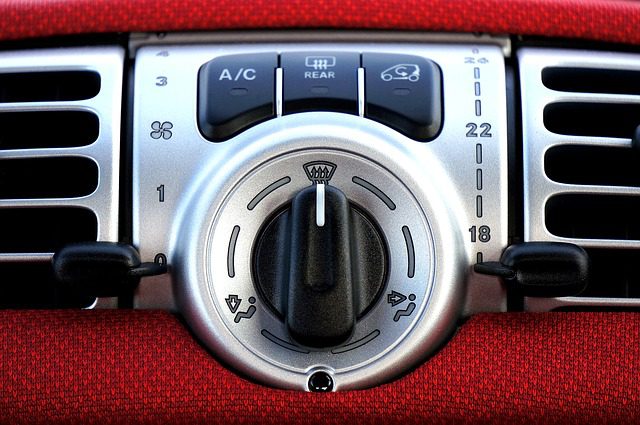The world is changing. As a result of climate change, many countries in Europe frequently face temperatures above 40 degrees Celsius in the middle of summer. In winter, there is substantially less snow in areas that traditionally enjoy snowfalls and winter sports. In these unsettled conditions, air conditioning systems are used to modulate our immediate environments, at home, at work, places of relaxation, in factories, and also in vehicles. The air conditioner experts at Home Air Guides report that “The need for HVAC installers is estimated to increase by 15% by 2026. And the number of air conditioners sold is expected to surpass 150 million by 2024. Global warming is indirectly boosting the demand in the air conditioning industry; however, we’re already seeing an improvement in the energy efficiency ratings of these units. Air conditioners today use very little electricity as compared to units sold in the past. And it will only get better for the consumer.
When investigating prospective air conditioning systems that supply multiple areas, minimal thermal conditions need to be taken into account. These include refreshing the air quality, saving energy resources, and boosting performance. Modern air conditioning systems are integrated with other utility services, forming an ecosystem of smart resources that can help users live and work more comfortably and efficiently.
Air Conditioning Systems Designing Air Conditioning Systems with Simulation
Improving the efficiency of AC systems is a vital part of keeping ecosystems functional. A considerable factor in this efficiency and optimization processes is engineering simulation techniques. CFD, FEA, and thermal analyses help air conditioning designers and engineers improve the equipment functionality in home environments, offices, cars or industrial applications.
SimScale is an ideal tool for air conditioning designers and engineers in their performance optimization efforts. SimScale’s 3D simulation platform enables rapid product improvement that addresses many aspects such as endurance, reliability, performance, noise reduction, thermal comfort, and energy efficiency for air conditioning systems.
Offices in Smart Buildings
Modern research is looking towards the intelligent integration of the Internet of Things (IoT) sensors in smart building systems. Smart air conditioning systems involve the interconnection of mobile phones, smart sensors, and wearable devices placed on the human body. The feedback signals with the occupants’ information are provided by smartphones and personal bracelets that in turn adjust air conditioners accordingly. Experimental results show that the indoor temperature can be controlled accurately within a range of error less than ±0.1 °. [1]
Herewith are some SimScale simulation examples showing how easy and efficient simulation analyses are for optimizing air conditioning systems in office spaces. One example is that of an airflow analysis inside an office space.
The analysis was set up using the natural convective heat transfer analysis type. A quite simple boundary condition setup was chosen (fixed temperature at the walls and inlet, fixed inlet velocity condition), but this could easily be applied to other boundary conditions, such as warm or cold windows and adiabatic walls. The resultant images show a streamlined visualization of the velocity field and a temperature contour plot that indicates where it is warmer and colder within the office space.

Green Buildings with Intelligent Industrial Cooling
The concept of green industrial buildings is based on specific materials and healthy ventilation systems able to satisfy energy savings, environmental regulations, building standards, and industry regulations. Ventilation design thinking is at the forefront of a paradigm shift. In the past, the thermal properties of air within a zone determined the heating, ventilation, and air conditioning specifications. Going forward, however, occupant-specific and highly responsive systems will become the norm. Natural ventilation, displacement ventilation, and micro-zoning with subfloor plenums, along with the use of point-of-source heat control and point-of-use sensors, will evolve to create a `smart,’ responsive, and dynamic ventilation system [2].
One of the most frequent industrial applications with a high “green” impact are cooling systems for server rooms. In this SimScale project—Server Room Cooling—the air temperature and velocity inside a server room are analyzed using a thermo-fluid analysis type.

The simulation was set up using the natural convective heat transfer analysis. Two different simulations were set up: one assuming a laminar flow field as a rough estimation and the second one using a k-epsilon RANS turbulence model.
Also, different boundary conditions were used: in one simulation, the room walls have been assumed to be adiabatic and in the other—a fixed temperature was assigned.
The simulation results show the resulting velocity and temperature field inside the server room, allowing the evaluation of the necessary power of the cooling system under different operation conditions.
Moreover, different layouts of the server room including the ventilation and air conditioning system can be evaluated from very early in the design phase with less physical testing.
This simulation example demonstrates how SimScale can be used to answer “what if” scenarios very fast and efficiently. The simulation took only 20 minutes, running on a 16 core machine.
Download this case study for free to learn how the SimScale CFD platform was used to investigate a ducting system and optimize its performance.
Smart Vehicles with Less Consumption
Industry practices and automotive researchers claim that air conditioning systems in vehicles are considered a high supplementary consumer source.
AC loads account for more than 5% of the fuel used annually for light-duty vehicles in the United States [3]. At the same time, air conditioning loads can significantly impact electric vehicle (EV), plug-in hybrid electric vehicle (PHEV), and hybrid electric vehicle (HEV) performance up to a 50%, as proven by research conducted by Mitsubishi. [4].
Consequently, increased cooling demands from the battery thermal management system may impact the vehicle’s air conditioning system.
Cabin climate conditioning is one of the main problems for long distance trucks during driver rest periods.
In the US, trucks that travel more than 500 miles per day use 838 million gallons of fuel annually for rest periods of idling [5].
In this SimScale project—car cabin airflow analysis—the simulation analysis is based on a steady-state convective heat transfer with the k-omega SST model for turbulence modeling.
The cabin interior has 4 inlet air conditioning ducts (2 in the center and 2 at the sides) and one outlet. The simulation investigates the flow field and temperature distribution inside the cabin. The results show that flow and temperatures vary at different sections inside the cabin. The whole process was run on 8 computer cores and took around 12.5 hours.
All projects described in this article and many others can be copied and used as templates for free. This way, you can modify them and start your own simulation in the easiest way possible. Just visit the SimScale Public Projects library and use any project you need.
References
- Cheng, C.C., Lee, D. Smart Sensors Enable Smart Air Conditioning Control, Sensors, 2014
- Spengler, J.D., Chen,Q. Indoor air quality factors in designing a healthy building, Annual Review of Energy and the Environment, 25 (2000), pp. 567–600
- Rugh, J. P., Hoveland, V., and Andersen, S. O. Significant Fuel Savings and Emission Reductions by Improving Vehicle Air Conditioning, Earth Technologies Forum/Mobile Air Conditioning Summit, 2004
- Umezu, K., Noyama, H. Air-Conditioning System for Electric Vehicles (i-MiEV), SAE Automotive Alternate Refrigerant Systems Symposium, 2010
- Stodolsky, F., Gaines, L., and Vyas, A. Analysis of Technology Options to Reduce the Fuel Consumption of Idling Trucks, Argonne National Laboratory, ANL/ESD-43, June 2000



